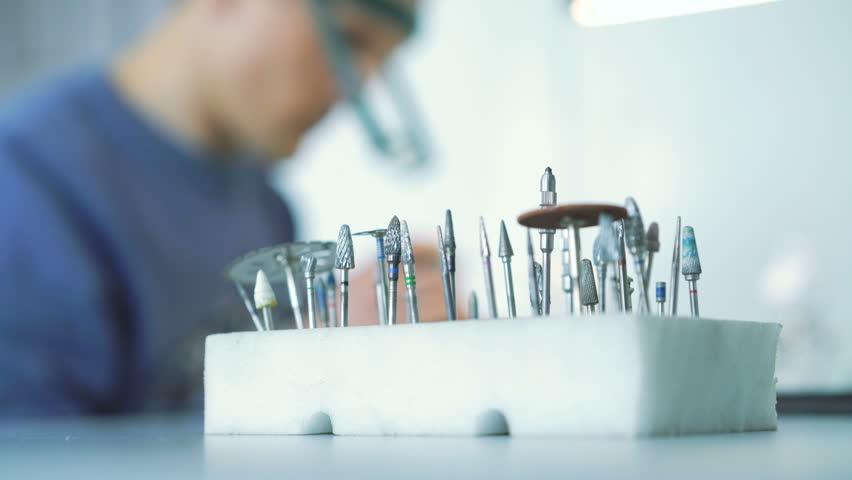Odontology

Odontology is the dental specialty that treats caries and non-carious lesions - fractures, dystrophies, dental wear injuries. This dental restoration therapy is a side of prosthetics that restores the integrity of natural teeth. Prosthetic restorations can be direct - obturation, or indirect - unidirectional and plurident (inlays, crowns, bridges).
Frequently, teeth are destroyed by caries. They penetrate the tooth structure and lead to anatomical changes at its surface. Modeling of the tooth surfaces is important, both functionally and aesthetically. If the anatomical reconstruction of teeth is not performed, there are deficiencies in patient occlusion and implicitly in mastication.
The more the tooth lesion is discovered earlier, the greater the chances for the tooth to stay as close to the initial shape as possible without the need for major odontology interventions. Thus, regular checks are needed to detect changes, prevent and treat caries at the incipient phase.
The odontological restoration procedures we use:
- Obturații metalice;
- Physiological fillings;
- Indirect incrustations or fillings - Inlay and Onlay (partial crown);
- Dental veneers;
- Crowns and dental bridges.
Direct physionomic obturations
Direct fillings - plumps - are prosthetic restorations that render the physiognomy and functionality of the carious tooth with minimal fractures or other types of lesions. They are called direct because the filling material is applied and molded directly into the cavity. Physiological fillings are made of materials that have the same color as the natural tooth.
Physiomic incrustations
Physiomic incrustations are indirect fixed restorations that restore the crown of the tooth. They have color and structure similar to natural enamel, so they can not be distinguished from the rest of the tooth.
Indirect obturations have a more complicated workmanship, are more resilient and stick better than direct ones, which is reflected in the cost of the procedure.
Inlays and Onlays offer a well-fixed, stronger, more durable repair solution for dental caries or similar problems.
Special restorations called Inlay and Onlay are used to reconstitute the integrity of the lateral teeth that have medium or high destruction due to tooth decay. They can also be used to restrict cracked or fractured teeth unless their destruction is so severe as to require a crown.
Benefits
Both Inlay and Onlay are computerized to fit perfectly to the treated area, the tooth preparation will be minimal, and the tooth will be easier to clean than in the case of a dental crown.
Both Inlay and Onlay provide better dental cavity coverage.
Both Inlay and Onlay are stable restorative aesthetic materials for cavity treatment, strengthening the tooth treated by keeping a much larger part of the healthy dental structure, thus helping the longevity of the tooth functionality.
Dental veneers
Dental veneers are dental prostheses that only partially cover the tooth, the process being less invasive than the tooth with a crown. Direct faces are made of a resin-colored tooth-colored material.
Restoration can be done in a single session and is often used to repair a smaller tooth scraping or to make aesthetic improvements in a few teeth. Usually, restoration requires very little or no tooth reduction or anesthesia.
The veneers can be applied in the following situations:
- teeth with shape abnormalities - nose teeth, angular fractures, short teeth;
- correction of slight position abnormalities - rotated teeth;
- teeth with discroms - tetracycline dischromic where whitening does not work;
- for closing the space for diastema teeth (turner).
Crowns
The crowns are used in cases where the structure of the tooth is damaged in its entirety and can not be repaired by physiological fillings. The structure of the tooth can be degraded for several reasons:
- dental decay;
- fractures due to injuries;
- ongoing channel treatments;
- can be considered as a garment because it will cover or replace partially or completely the tooth visible in the mouth.

